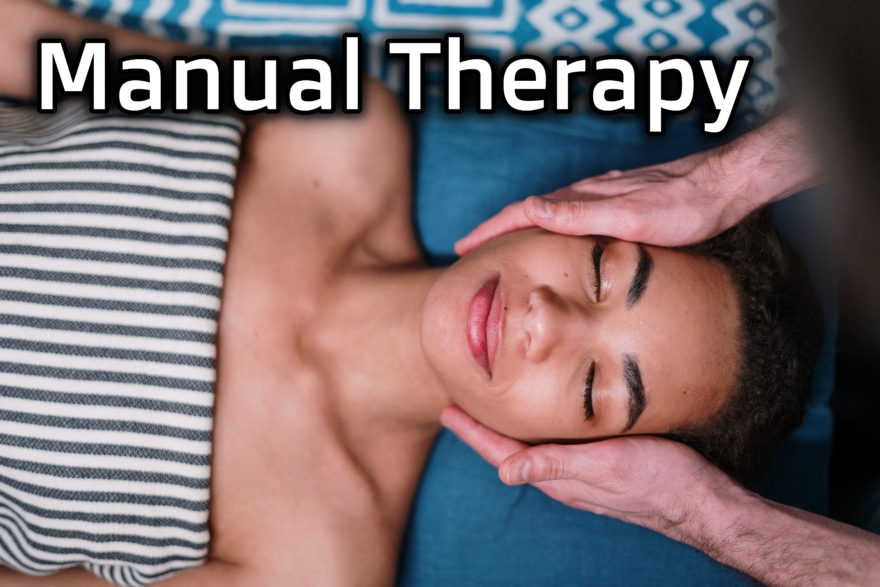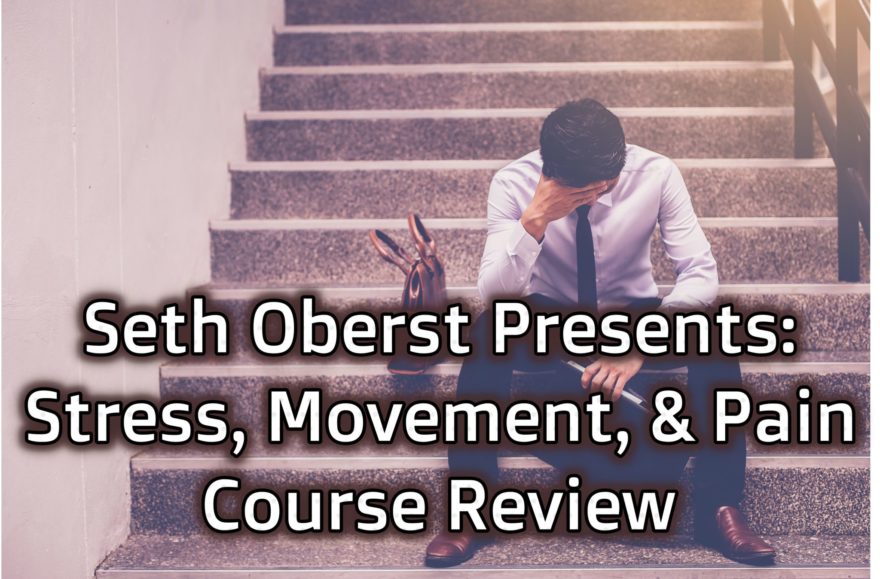Do you work with people who are stressed? Dumb question, right? Who isn’t stressed today? In fact, stress levels are probably at an all time high, and if you’ve read Robert Sapolsky’s work, is likely responsible for most of the conditions and maladies we face today. The question we must ask though is what role a movement professional has in helping someone mitigate stress? After attending Seth Oberst’s Stress, Pain, and Movement seminar, I think we now have an answer. Now I’ve taken a lot of courses in my day, and much of what I learned is the same poop, repackaged as different poop. That’s not to say that new perspectives aren’t useful, but most are looking at the same thing. Seth’s is the first class that I’ve been to in a hot minute where I had that feeling of “whoa, now this is different.” His approach looks at the struggles our patients and clients deal with through a very unique lens. To me, this course is the gold standard for learning just how problematic stress is for our patients, and what to do about it. Not only will you get an incredibly in-depth look at stress, autonomics, the nervous system, pain, and so much more, but you’ll learn some excellent methods to aid your clients in mitigating stress. I cannot recommend learning from Seth highly enough. If you want to attend, you can sign up here. While I won’t go into the great detail that Seth does on the brain,
Read More
